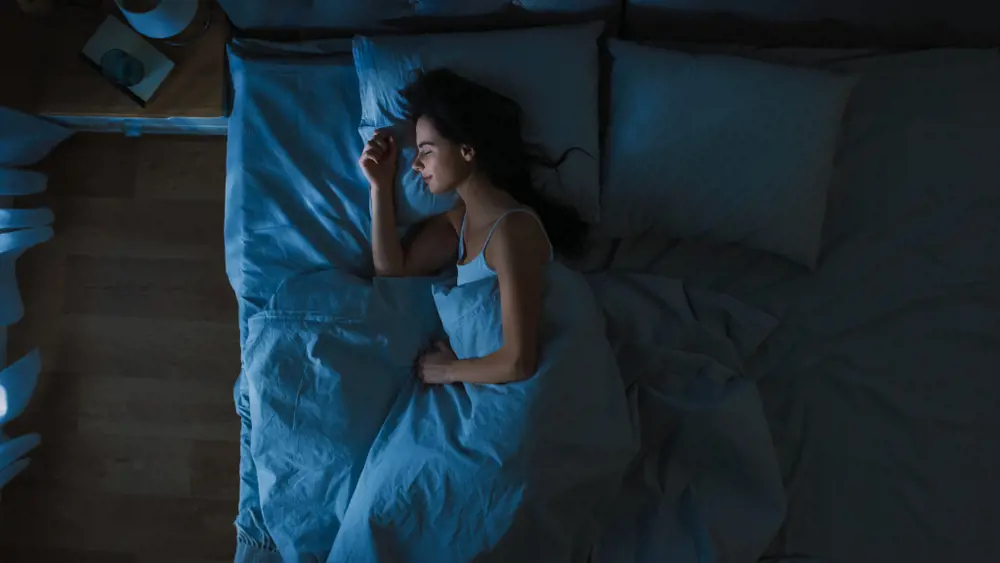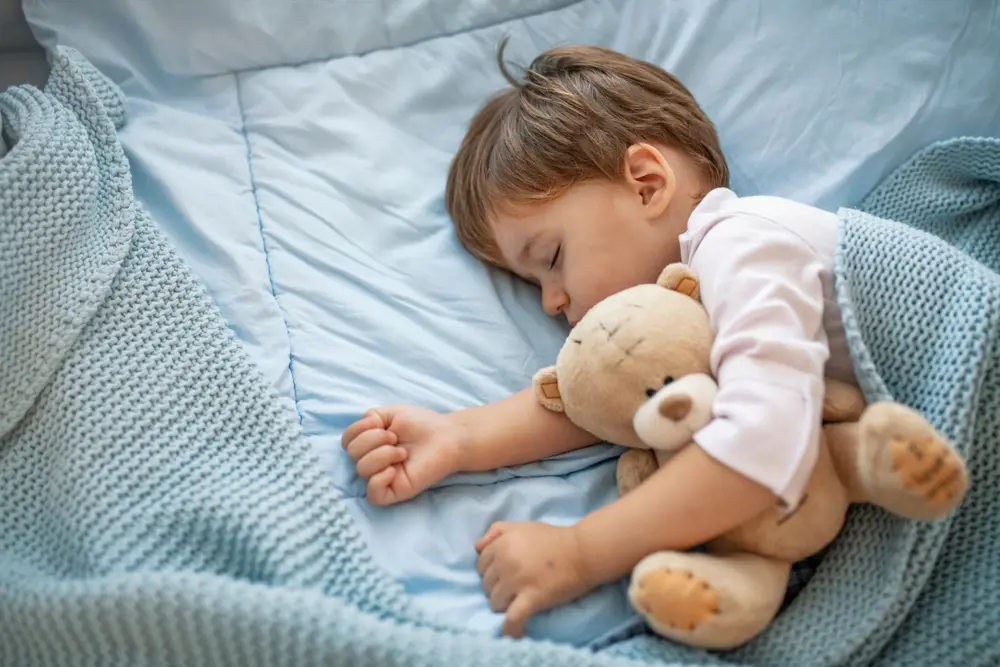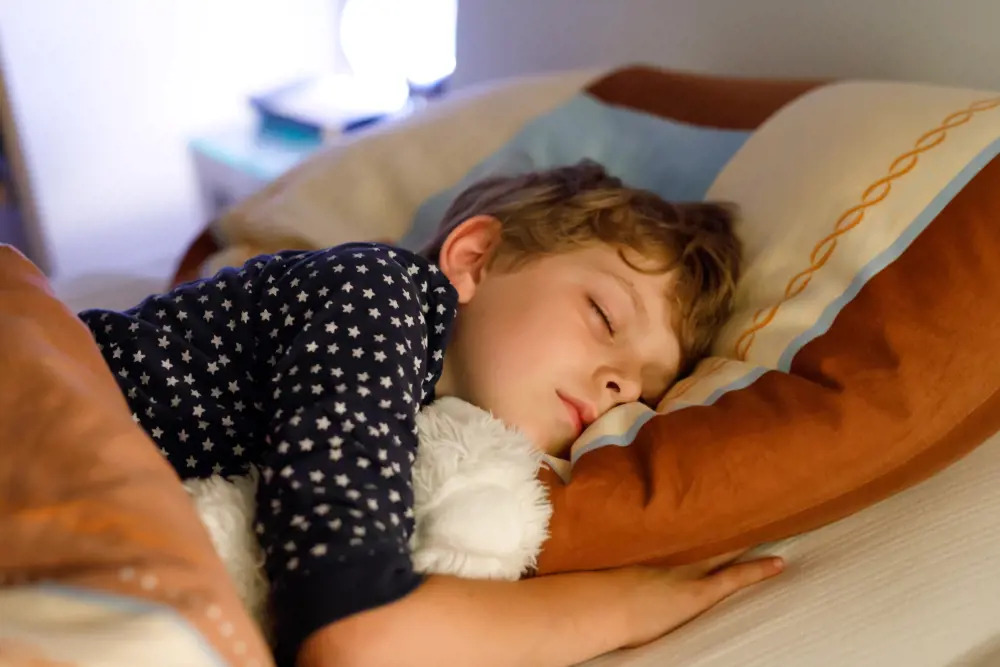
How to set your bedroom up for a better night’s sleep
These changes can make the difference between a great night’s sleep and a night spent tossing and turning.
Healthy Living
By Bio Island Nutrition Team
Tossing and turning all night? Waking up unrefreshed? Or just struggling to fall asleep at night?
These could be some key signs you may need to mix up your sleep routine and give your bedroom a makeover. These changes can make the difference between a great night’s sleep and a night spent tossing and turning.
Sleep affects almost every tissue and system in the body from the brain, heart and lungs to metabolism, immune function, mood and disease resistance. So, when sleep is compromised, there may be an increased risk of high blood pressure, cardiovascular disease, diabetes, and obesity.
Depending on age there are recommended sleep ranges with children and teens requiring more than adults. On average, adults should be getting around 7 – 9 hours of sleep per night. This is required for optimal rest. With lifestyle commitments, stressful events, worries and many physical conditions trying to get this optimal sleep can be difficult.
So how do we achieve it?
- Creating a routine is the first step to gaining optimal sleep. By developing a bedtime routine such as a warm bath, a cup of tea and a little bit of self-maintenance like brushing your hair or a face mask. Your body will recognise that you are preparing for sleep if you continue to do this every night.
- This also works the same as getting up at the same time every morning. A regular routine makes it easier and easier for your body to recognise and adjust to making you feel more refreshed when you wake up.
- Creating the optimal sleep space is also a must. This means investing in pillows, sheets, blankets and mattress that not only help support the way you sleep, but also feels amazing so you actually want to get into bed at night.
- Lighting in the bedroom is also important as our body’s natural melatonin kicks in when the light goes out. Things like bright light bulbs, phones, tablets and televisions need to be removed from the room. Night lights in the hallways and in the bathroom are a great solution for minimising light exposure our night time without disruption our melatonin production
- Your bedroom should be a cool and dark environment. The optimal sleep temperature is 16 – 18 degrees Celsius. If we are sleeping in an extremely cold room is deprives us of our REM sleep.
- Additional items that you can added to your bedroom which are especially useful for shift workers can be earplugs or white noise appliances to reduce the noise of the outside world. Using heavy curtains, blackout shades, or an eye mask to block out excess light.
The following steps can be used to optimise our sleep at night. If you are still concerned about your sleeping pattern sleep apps can be used to monitor your time and depth of sleep. If you feel it is more serious make sure you refer to a doctor for more information.
This information does not take into account your personal situation and is general in nature. You should consider whether the information is appropriate for your needs and seek professional medical advice.
Always consult your healthcare professional before taking any supplements or if any concerns arise.






